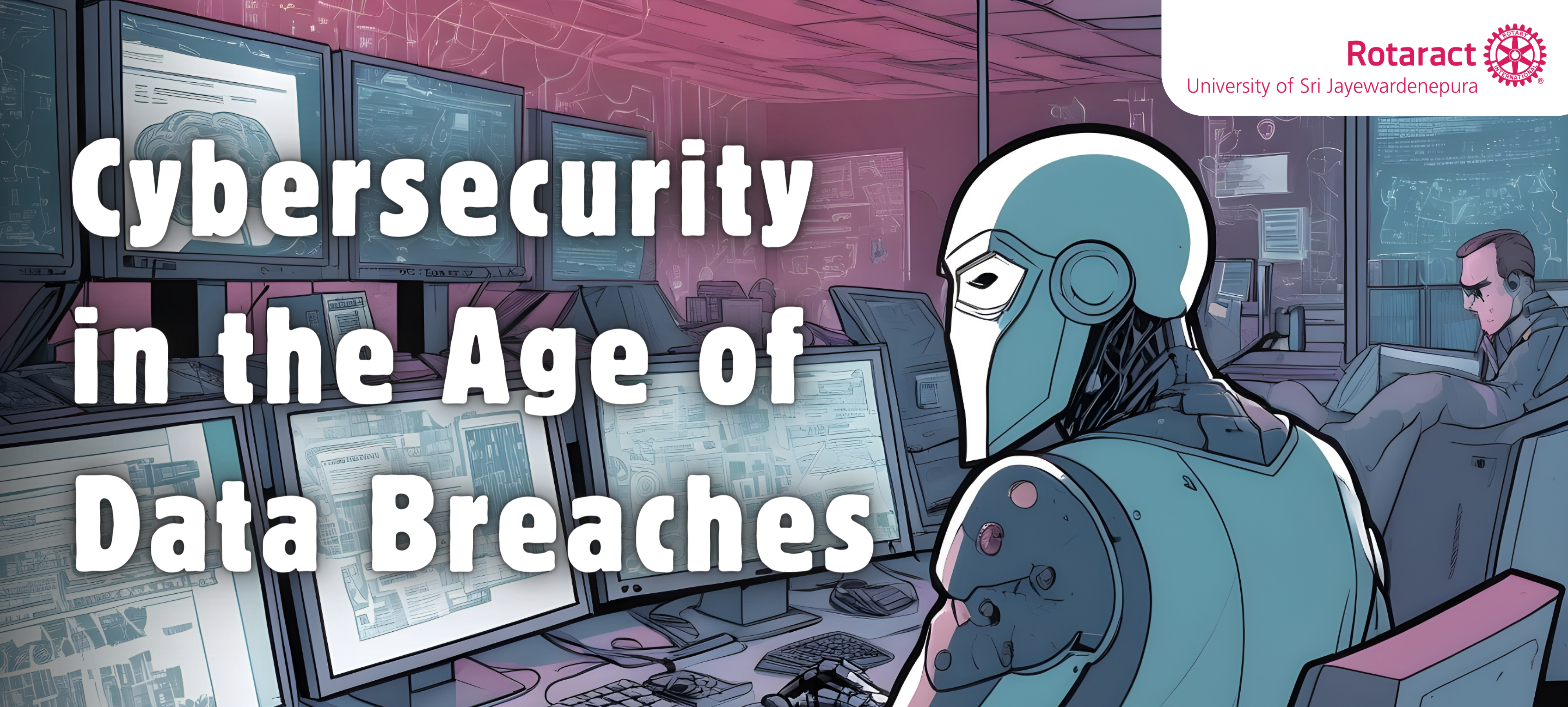In today’s digital landscape, cybersecurity stands as the paramount defence against the ever-looming threat of data breaches. As our world becomes increasingly interconnected, the volume and sensitivity of data stored online have grown exponentially, making it an attractive target for cybercriminals. The age of data breaches, characterized by relentless attacks on both corporate entities and individuals, underscores the critical need for robust cybersecurity measures.
Protecting sensitive data from unwanted access, alteration, or destruction is at the core of cybersecurity. The attack surface has greatly increased due to the widespread use of cloud computing, mobile devices, and Internet of Things (IoT) devices, providing a multitude of entry points for cyber-attacks. As a result, companies need to take a multifaceted strategy to defence that includes people, technology, and procedures.
One of the primary challenges in cybersecurity is the constantly evolving nature of cyber threats. Cybercriminals employ sophisticated techniques, such as malware, phishing, ransomware, and social engineering, to infiltrate networks and exfiltrate data. These attacks can have devastating consequences, ranging from financial loss and reputational damage to legal liabilities and regulatory fines. Moreover, the proliferation of state-sponsored cyber warfare further complicates the threat landscape, blurring the lines between criminal activity and geopolitical conflict.
Organisations must put proactive security measures in place that are suited to their unique threat profile and risk tolerance in order to reduce the risks associated with data breaches. This include protecting sensitive data with encryption, implementing intrusion detection systems, doing routine risk assessments, and enforcing stringent access rules. Programmes for staff education and awareness are also crucial for developing a security-conscious culture and enabling people to identify and report suspicious conduct.
In addition to preventive measures, effective incident response capabilities are critical for minimizing the impact of data breaches when they occur. This entails establishing incident response plans, defining clear roles and responsibilities, and conducting regular tabletop exercises to simulate cyberattack scenarios. Timely detection and containment of security incidents can significantly reduce the scope and severity of data breaches, enabling organizations to recover more swiftly and mitigate potential damages.
Collaboration and information sharing are essential for improving cybersecurity resilience across sectors and businesses, even outside of organisations. Initiatives for exchanging threat intelligence, such industry forums and Information exchanging and Analysis Centres (ISACs), make it easier to share best practices and practical insights for thwarting common threats. Public-private partnerships also facilitate collaboration amongst governments, law enforcement agencies, and private sector players on cybersecurity efforts, ranging from capacity building and incident response coordination to exchange of threat intelligence.
As the regulatory landscape evolves to address emerging cyber threats, compliance with data protection laws and industry regulations is increasingly becoming a business imperative. Frameworks such as the General Data Protection Regulation (GDPR), California Consumer Privacy Act (CCPA), and Health Insurance Portability and Accountability Act (HIPAA) impose stringent requirements on organizations for safeguarding personal and sensitive information. Failure to comply with these regulations can result in severe penalties and legal consequences, underscoring the importance of integrating regulatory compliance into overall cybersecurity strategies.
Looking ahead, cutting edge technologies like blockchain, AI, and machine learning will influence cybersecurity in the future. By providing cutting-edge methods for threat and anomaly detection as well as safe data interchange, these solutions help enterprises keep one step ahead of cybercriminals. Like any technical breakthrough, they do, however, also bring with them new hazards and concerns that need to be properly considered and controlled.
In conclusion, cybersecurity in the age of data breaches requires a comprehensive and adaptive approach that combines technology, processes, and human expertise. By investing in proactive security measures, fostering a culture of security awareness, and embracing collaboration and innovation, organizations can strengthen their defencesagainst cyber threats and safeguard the integrity, confidentiality, and availability of their data assets. In an increasingly interconnected world, the resilience of our digital infrastructure depends on our collective efforts to stay vigilant, informed, and prepared for the challenges that lie ahead.
Written by: Rtr. Windya Madushani
Graphic design by: Rtr. Sathmi Dinanja


0 Comments